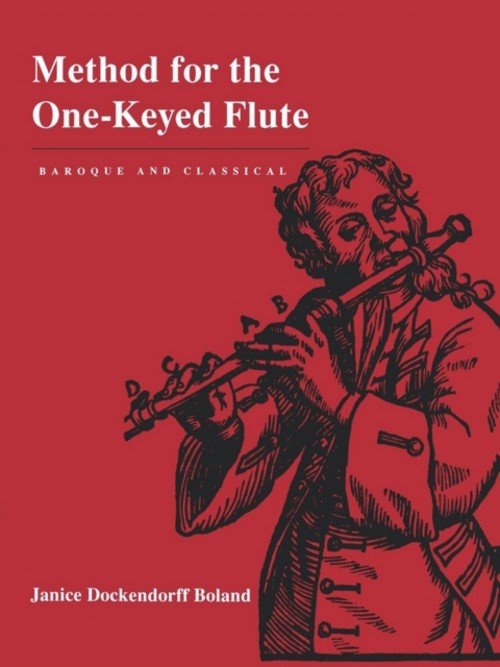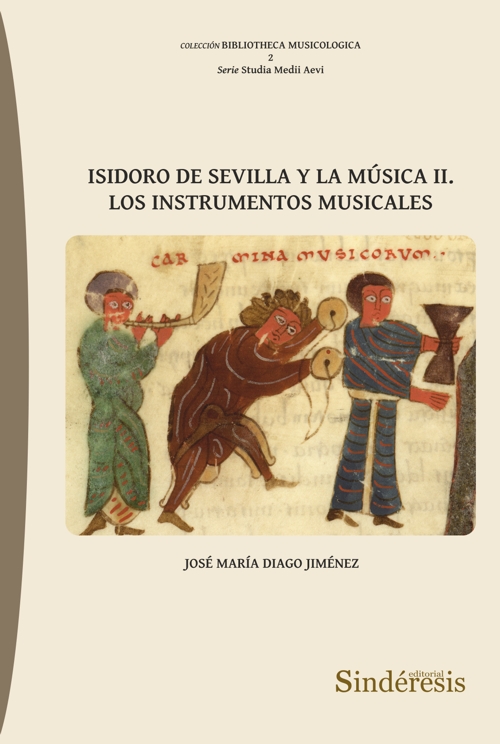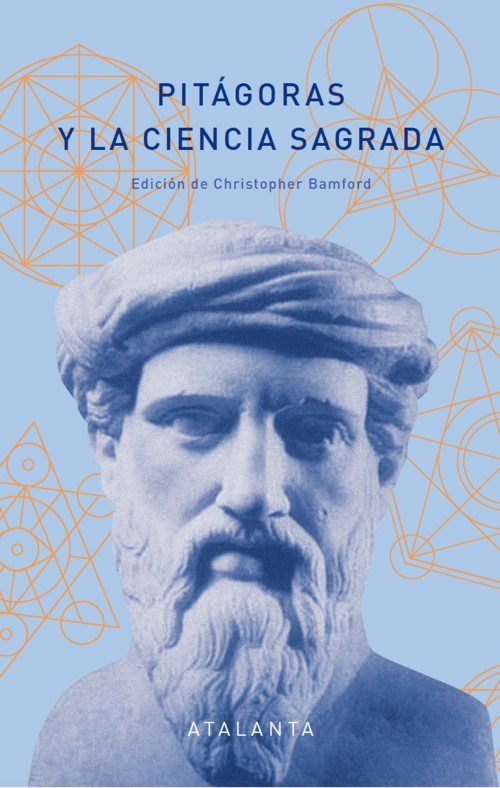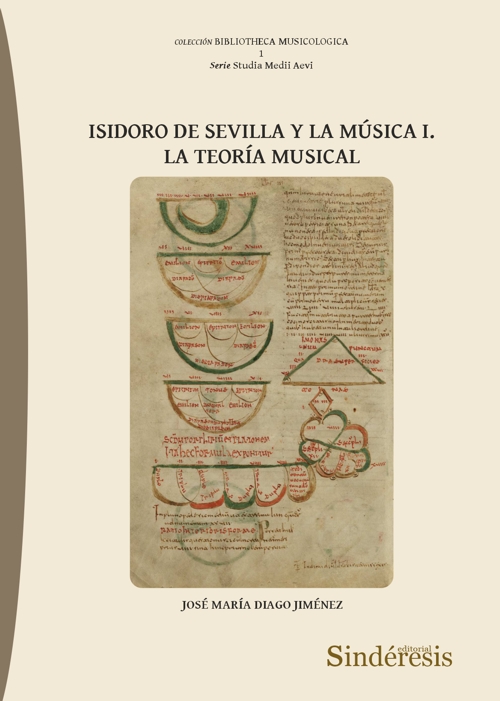
Method for the One-Keyed Flute (Baroque and Classical)
Dockendorff Boland, Janice
University of California Press. 1998Ficha técnica
- EAN: 9780520214477
- ISBN: 978-0-520-21447-7
- Editorial: University of California Press
- Fecha de edición: 1998
- Encuadernación: Rústica
- Dimensiones: 21x28
- Idioma: Inglés
- Nº páginas: 236
Bajo pedido
Sin stock. Si se pide hoy, se estima recibir en la librería el 13/05/24¡GASTOS DE ENVÍO GRATIS!
PVP. 43,80€
Añadir a la Lista de deseos
This indispensable manual for present-day players of the one-keyed flute is the first complete method written in modern times. Janice Dockendorff Boland has compiled a manual that can serve as a self-guiding tutor or as a text for a student working with a teacher. Referencing important eighteenth-century sources while also incorporating modern experience, the book includes nearly 100 pages of music drawn from early treatises along with solo flute literature and instructional text and fingering charts.
Boland also addresses topics ranging from the basics of choosing a flute and assembling it to more advanced concepts such as tone color and eighteenth-century articulation patterns.
CONTENIDO:
Preface
Acknowledgments
Chapter I. About the one-keyed flute
On the Flute
A bit of history
Names
Materials used
Range
Concerning the highest notes
On the Parts of the Flute
Three-piece flute
Four-piece flute
The tenon
The cork
The screw cap
The foot register
On Pitch
Modern replicas
Corps de rechange
On Choosing a Flute
Pitch
Style
Woods
Used flutes
On Care
Checklist
Oiling the flute
Chapter II. Learning to play the one-keyed flute
On Getting Started
How to proceed
Assembly
On Holding the Flute
Physical problems
Left hand
Right hand
Checklist
An interesting side line
On Tone
Checklist
Embouchure
Amusing side line
Chapter III
On Homogeneity of Sound (Tone Color Tendencies)
Strong notes
Weak notes
Changes at century's end
On Key (Tonality)
On Vibrato
The flattement
How is the flattement executed?
How is the flattement used?
The flattement with the messa di voce
Notation
Are we certain that breath vibrato was not used?
Recommended readings
On Intonation
How to tune
Playing "in tune"
Enharmonic notes
Practical application
Practicing good intonation
Adjusting for intonation
On Playing Forte and Piano
Using the screw cap
On Rhythmic Hierarchy
"Good" notes, "bad" notes
Practical application
Quick notes
Beating time
Recommended readings
On Articulation
Articulation silences
Unslurred notes
Eighteenth-century patterns for quick notes
Double tonguing
Recommended readings
On Further Readings
Chapter III. Fingerings for the one-keyed flute
On Fingerings
Why so many choices?
Lowering the pitch
Use of the key
Extending the range
Alternate f sharp
How many fingerings?
On Trills
Wide Trills
Execution
Recommended readings
Explanation of the Charts
Basic Fingering Chart
Complete Fingering Chart
Table of Trills
Flattement Chart
Chapter IV. Exercises and tunes to play
About the Music
Duet playing
Exercises and Tunes (Eighteenth-Century Sources)
D Major
G Major
e mmor
A Major
Chapter V. Modern studies for one-keyed flute
Introduction to Modern Studies
Practice Routine
Modern Exercises
Major sequences for the one-keyed flute
Broken chord studies in the major keys
Broken chord studies in minor keys
Appendix A. The "Top 13" Eighteenth-century flute tutors
Appendix B. On repertoire for the beginning one-keyed flutist
Easy solos
Collections
Studies
Easy Duets
Annotated Bibliography: Before 1853
After 1853





